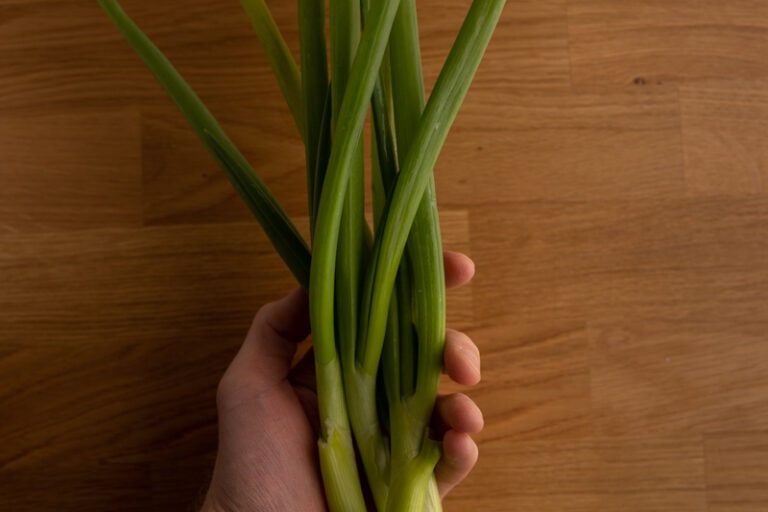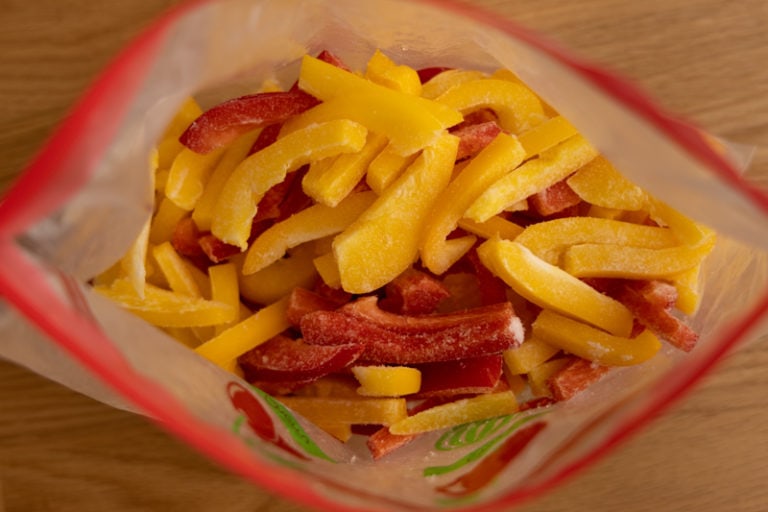How to Tell if Spinach Is Bad? [5 Signs of Spoilage]
Got an old bunch or bag of spinach and not sure you can still use it? How do you tell if spinach is bad?
Figuring out whether your spinach is okay to eat isn’t rocket science, but there are a few things you need to keep in mind. And that’s what this article is all about.
Let’s talk about spoiling spinach.
How to Tell if Spinach Is Bad?
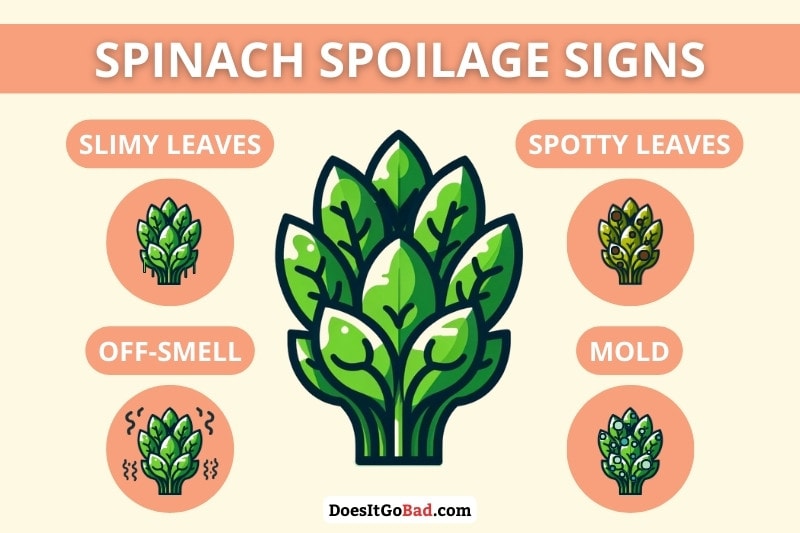
Discard spinach that’s slimy, has touched slimy spinach, is bruised, or has dark spots or discolored leaves. When checking your spinach, give it a good whiff and toss it if it smells musty or sour. Wilted spinach is okay to use, and you can revive it in a cold-water bath.
That’s spinach spoilage 101.
Next, let’s discuss the signs in more detail.
Slimy Leaves
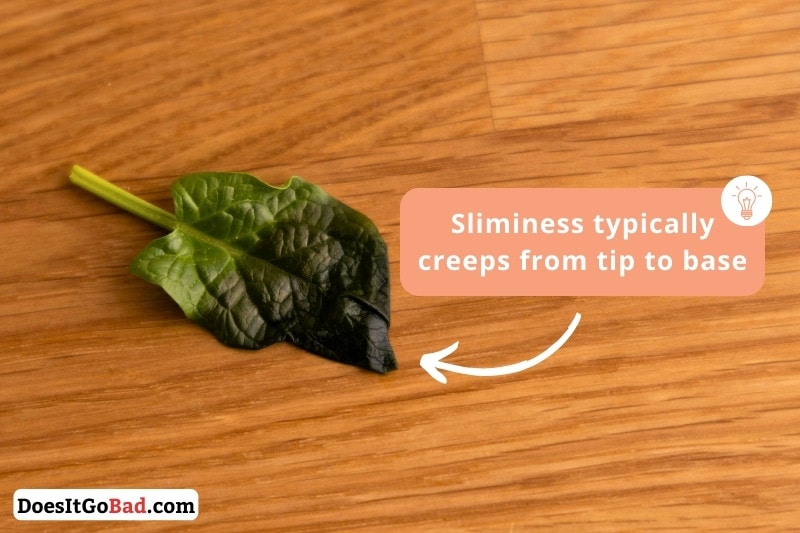
Spinach becomes slimy as it decays, and your spinach being slimy is probably the primary reason you will ever toss old spinach. The plant gradually loses water, and the leaves turn dark green and end up wet and mushy.
And you should toss produce with a slimy texture, according to the University of Connecticut.
Obviously, if only a small bunch of spinach is slimy and the rest is okay, you can toss the slimy spinach and use the rest.
The first step towards sliminess is going from crisp green leaves to wilted ones, the same way kale wilts if stored for too long. And as I mentioned earlier, you can eat spinach that’s wilted.
(We’ll talk about it later in the article.)
Next, there’s the in-between period when spinach goes from wilted to water-soaked and mushy. If that’s the case, use the leafy greens if they look okayish, and toss them when you’re no longer comfortable consuming them.
Spotty or Discolored Leaves
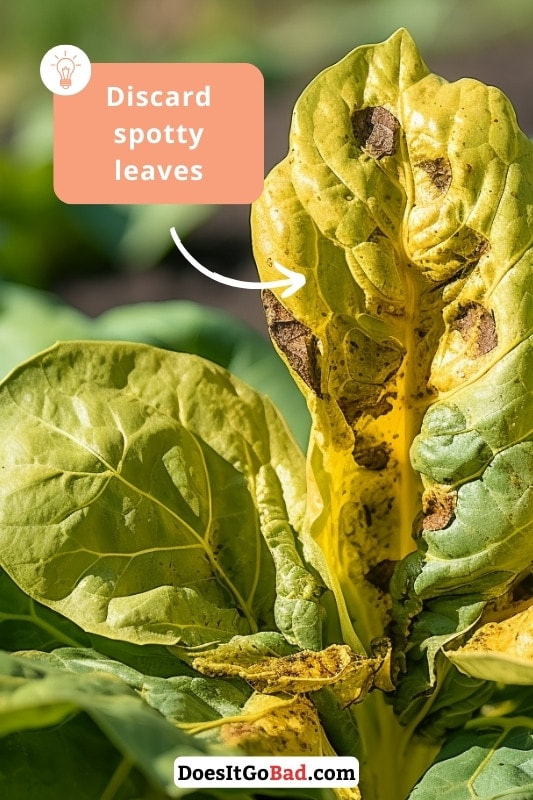
Sometimes, spinach leaves have brown, black, yellow, or other discolored spots that aren’t a result of water loss. You should avoid those spotted leaves, says the University of Kentucky College of Agriculture, Food, and Environment.
Of course, some of them will probably be okay to eat, but often, those discolorations are a sign of a disease (e.g., downy mildew), and eating those isn’t particularly safe.
Rule of thumb: spotty spinach belongs to the compost pile.
Off Smell
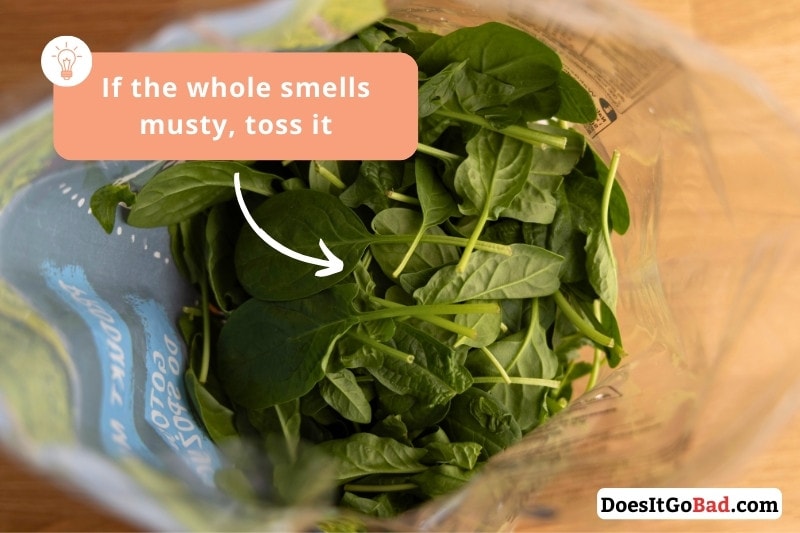
Fresh spinach should smell somewhat sweet, so if yours smells sour or musty, there are some spoiled leaves inside. At that point, it’s up to you to decide if some leaves are still salvageable or if you should toss the whole thing.
If you see some wilted or soggy leaves, it’s okay to sort them out and use the rest. But if there’s any mold growth or the contents of the bag stink, your spinach has gone bad.
Mold
Fresh spinach doesn’t typically grow mold, but if it’s stored long enough and mold spores get inside, you’ll see some fuzzy action in the bag. At that point, toss the whole bag. Trying to discard moldy leaves to use the rest is asking for trouble. Better safe than sorry.
For cooked spinach, mold is much more likely. So before reheating your leftovers, give them a once-over and look for mold or any signs of green or white fuzz. Consider it spoiled spinach if you spot any.
Can You Eat Wilted Spinach?
You can eat wilted spinach, but you should toss it as soon as it starts getting slimy or soggy. If you want to use it raw in a salad, give it an ice-water bath to revive it.
Wilted spinach works best in cooked dishes. It’ll completely wilt anyway when cooked, so the quality of the leaves isn’t an issue.
(Not sure when your bagged spinach will start wilting? Check out our article on the shelf life of spinach.)
That said, you can revive wilted spinach in an ice-water bath, says Danielle Lapierre from America’s Test Kitchen. You only need to submerge the leafy green vegetable in a bowl with cold water and some ice cubes for about 30 minutes. Once done, you spin them dry using a salad spinner, and they’re supposed to be as good as new.
I wouldn’t expect miracles from this method, but try it if you’re in a pinch.
What to Do With Spinach That’s About to Go Bad?
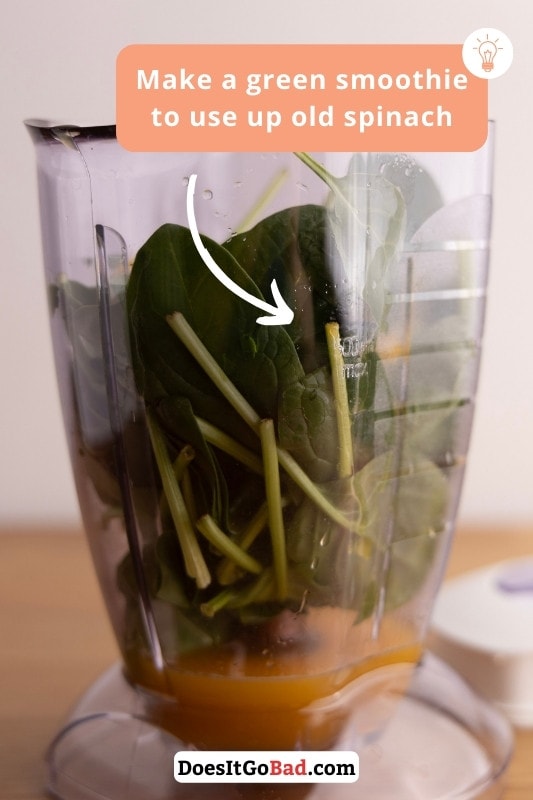
Easy ways to use old spinach that’s about to go bad is to add it to a green smoothie or grab a pan and cook it on the stove, making garlicky spinach or creamed spinach. Alternatively, you can add it to omelets, quiches, or stir-fries.
It’s relatively easy to find ways to use up wilting garlic if you think about it.
If you’re into smoothies, that should be your first choice. There are thousands of recipes for green smoothies, so as long as you have any fruits and veggies in the fridge, you should find one to test out. And if you make smoothies regularly, add the spinach to your favorite recipe.
Garlicky spinach comes as a close second. All you need is some olive oil and spices, and you can make a tasty side dish in minutes.
Alternatively, you can try something like this creamed spinach recipe, which involves a bit more preparation but also uses a whole bunch of spinach.
Next, consider every “anything goes” dish you make. I’m talking about stir-fries, omelets, quiches, frittatas, and the like. Topping your veggie soup or whatchagot casserole with spinach leaves isn’t a bad idea either.
Last but not least, you can freeze spinach. Frozen spinach can sit in the freezer for months, so you don’t need to worry the green leafy vegetable will go bad.
Rotten Records: Share Your Snap!
Caught some food past its prime? Upload your photo to “Rotten Records” and help others spot the signs of spoilage. Every image makes our food community safer and more informed!
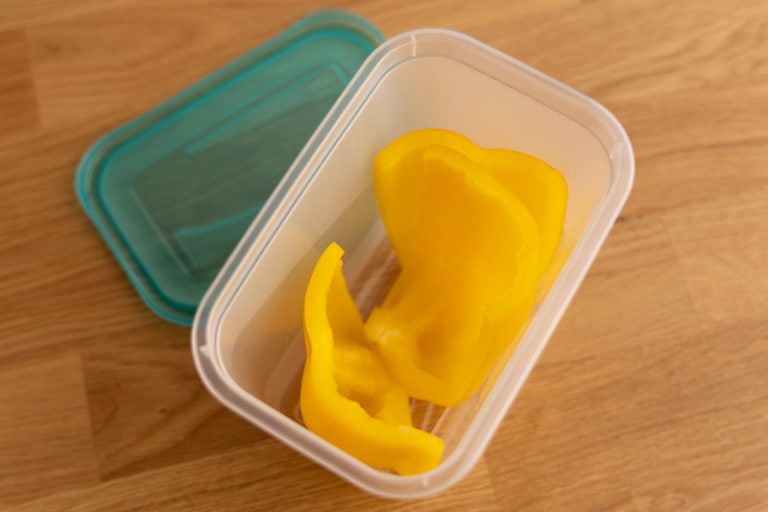
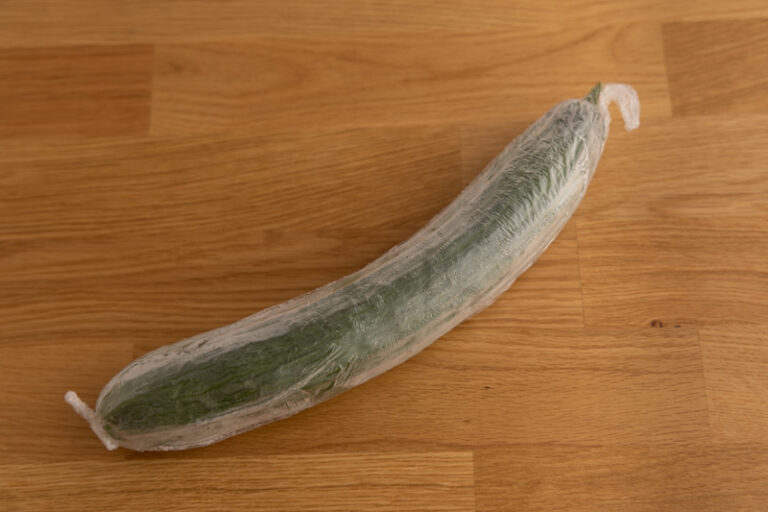
![How to Store Carrots? [Whole, Cut, Cooked & Baby Carrots]](https://www.doesitgobad.com/wp-content/uploads/Four-carrots-768x512.jpg)

